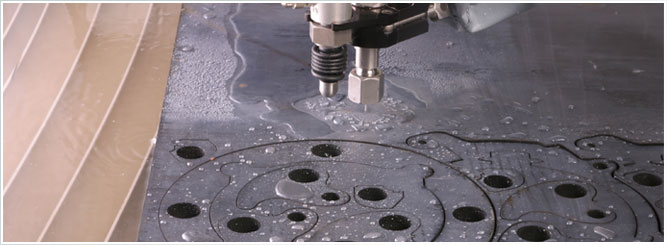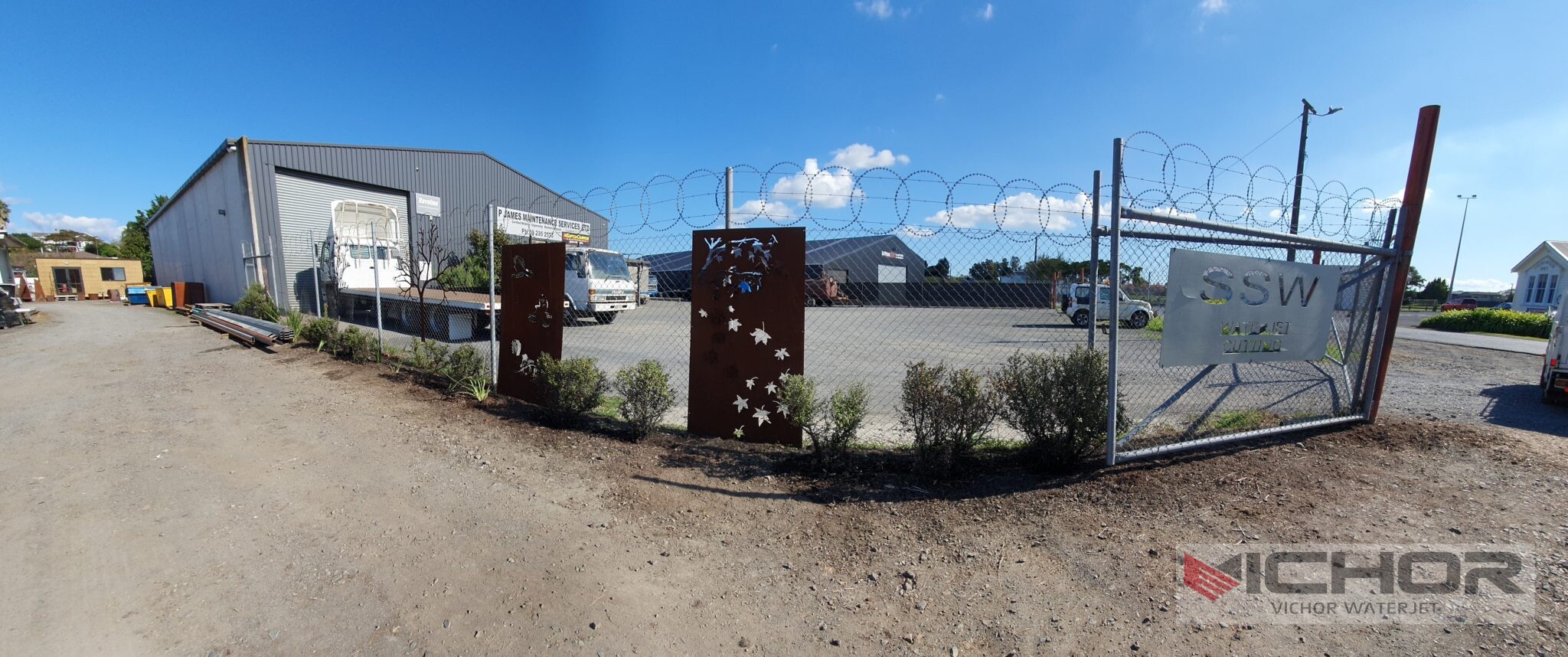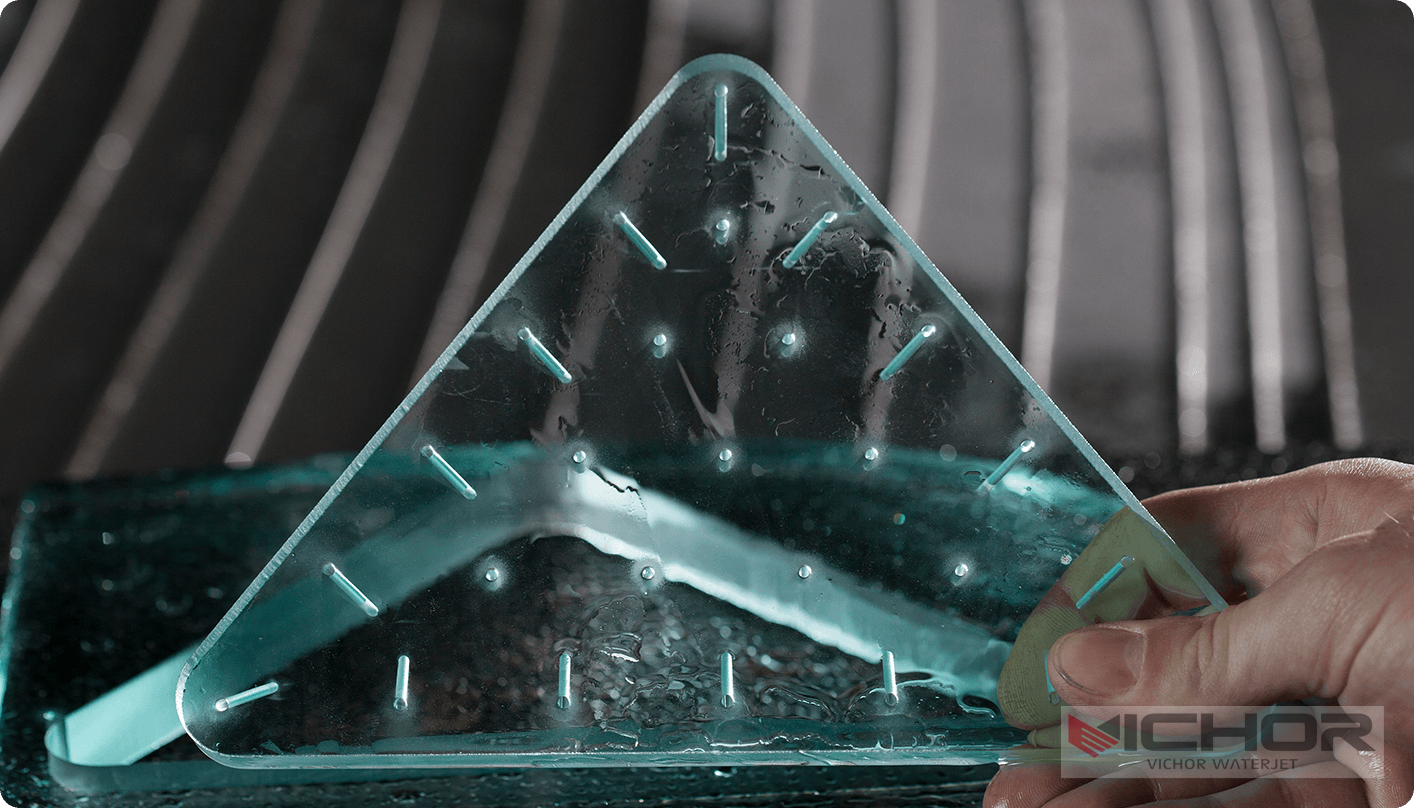
Pure Waterjet Cutting: The Ultimate Guide to Applications, Costs, and Technology
In the ever-evolving world of manufacturing and fabrication, businesses and DIY enthusiasts alike are constantly searching for cutting methods that combine precision, efficiency, and versatility. If you’ve been exploring options for clean, cold cutting without heat distortion, you’ve likely come across the term “pure waterjet cutting.” This innovative technology is gaining traction for its ability to handle a wide range of materials with exceptional accuracy. In this comprehensive guide, we’ll dive deep into what pure waterjet cutting is, how it compares to other methods, its applications, cost factors, and much more. Whether you’re a seasoned engineer or a curious hobbyist, this article will provide valuable insights into why pure waterjet cutting might be the perfect solution for your needs. By the end, you’ll have a clear understanding of how pure waterjet cutting works and how to leverage it for your projects.
What is Pure Waterjet Cutting?
Pure waterjet cutting is a advanced manufacturing process that uses a high-pressure stream of water, typically pressurized up to 60,000 psi or more, to cut through various materials. Unlike abrasive waterjet cutting, which mixes garnet or other abrasives into the water stream, pure waterjet cutting relies solely on water. This makes it ideal for softer materials where a clean, precise cut is essential without the risk of contamination or added wear on equipment. The technology involves forcing water through a small nozzle at immense speeds, creating a fine jet that can slice through items like foam, rubber, paper, and food products with ease. One of the key advantages of pure waterjet cutting is its cold-cutting nature, which eliminates heat-affected zones (HAZ), ensuring the material’s integrity remains intact. This method is widely praised for its environmental friendliness, as it produces no hazardous waste and uses water efficiently, often recycled in closed-loop systems. As industries seek more sustainable and precise cutting solutions, pure waterjet cutting continues to stand out for its simplicity and effectiveness.
Pure Waterjet Cutting Versus Abrasive Waterjet Cutting
When comparing pure waterjet cutting to abrasive waterjet cutting, it’s essential to understand the fundamental differences and where each excels. Pure waterjet cutting is best suited for softer, more delicate materials, as it uses only water to achieve clean cuts without introducing foreign particles. In contrast, abrasive waterjet cutting incorporates hard abrasives like garnet to cut through tougher materials such as metals, ceramics, and stone. This added abrasive allows for cutting thicker and harder substances but can lead to higher operational costs due to abrasive consumption and increased nozzle wear. Another significant difference lies in the cut quality: pure waterjet cutting typically produces smoother edges on compatible materials, while abrasive versions might leave a slightly rougher finish. However, pure waterjet cutting has limitations in material thickness and hardness; it struggles with metals or composites that require extra cutting force. From a cost perspective, pure waterjet cutting is often more economical for high-volume jobs involving soft materials, as it avoids abrasive expenses. Ultimately, the choice between pure waterjet cutting and abrasive methods depends on your specific material requirements and project goals. By evaluating factors like material type, thickness, and budget, you can determine whether pure waterjet cutting is the right fit.
Key Applications of Pure Waterjet Cutting
Pure waterjet cutting finds its niche in a variety of industries due to its precision and versatility. In the automotive sector, it’s used for cutting gaskets, interior foams, and insulation materials, where clean edges and no heat damage are critical. The aerospace industry relies on pure waterjet cutting for shaping composite materials and lightweight alloys, ensuring high accuracy without compromising structural integrity. In food processing, this technology is employed to slice products like cakes, fish, and vegetables hygienically, as the water stream can be sterilized, and no contaminants are introduced. Additionally, the textile and apparel industry uses pure waterjet cutting for fabrics and leather, allowing for intricate designs and reduced material waste. Other common applications include packaging, where it cuts cardboard and plastics, and the medical field for producing precise components from soft polymers. The adaptability of pure waterjet cutting makes it a go-to solution for prototyping and custom projects, as it easily handles complex shapes and patterns. By understanding these applications, you can see how pure waterjet cutting enhances efficiency and quality across diverse fields, making it a valuable tool in modern manufacturing.
How to Select the Best Pure Waterjet Cutting Service
Choosing the right pure waterjet cutting service is crucial for achieving optimal results in your projects. Start by assessing the provider’s experience and expertise in pure waterjet cutting specifically, as this ensures they understand the nuances of working with water-only systems. Look for services that offer a range of capabilities, including different pressure settings and nozzle sizes, to handle various material types and thicknesses. It’s also important to inquire about their equipment maintenance practices, as well-maintained machines deliver consistent cuts and reduce downtime. Consider the provider’s turnaround times and capacity to meet your deadlines, especially for large-scale orders. Additionally, check if they provide sample cuts or consultations to evaluate their quality and communication. Cost is another factor; compare quotes from multiple pure waterjet cutting services, but don’t sacrifice quality for lower prices. Finally, read reviews and ask for references to gauge customer satisfaction. By following these steps, you can find a reliable pure waterjet cutting partner that aligns with your needs and ensures high-quality outcomes.
Understanding the Cost of Pure Waterjet Cutting
The cost of pure waterjet cutting can vary widely based on several factors, making it essential to budget accurately for your projects. One primary cost driver is the material type and thickness; softer materials like foam or rubber are generally cheaper to cut than denser items, but pure waterjet cutting is inherently cost-effective for such applications due to the absence of abrasive costs. Machine operation expenses include electricity, water consumption, and maintenance, with high-pressure pumps being a significant component. Labor costs also play a role, especially for complex designs that require programming and setup time. Volume is another key aspect: high-volume jobs often benefit from lower per-unit costs through economies of scale, while one-off prototypes might be more expensive. Additionally, geographic location can influence pricing, as services in industrial hubs may offer competitive rates. On average, pure waterjet cutting services might charge based on time, material area, or a combination, with rates ranging from $50 to $150 per hour depending on the complexity. To save costs, consider optimizing your designs for efficiency and discussing bulk discounts with providers. By understanding these cost factors, you can make informed decisions and maximize the value of pure waterjet cutting for your business.
In-Depth Look at Pure Waterjet Cutting Technology
Delving into the technology behind pure waterjet cutting reveals a sophisticated process that combines high-pressure mechanics and precision engineering. At its core, pure waterjet cutting systems consist of a high-pressure pump, an intensifier that boosts water pressure to extreme levels, a cutting head with a specialized nozzle, and a CNC-controlled motion system for accuracy. The pump typically generates pressures between 40,000 and 60,000 psi, forcing water through a tiny orifice (often as small as 0.004 inches) to create a supersonic jet. This jet travels at speeds exceeding 2,500 feet per second, enabling it to erode materials upon impact. One of the standout features of pure waterjet cutting is its ability to maintain a cold cut, which prevents thermal distortion and preserves material properties. Advances in technology have introduced features like automatic height control to adjust for material variations and software integration for seamless design import. Moreover, modern systems often include water recycling units to minimize waste and environmental impact. As research continues, innovations in nozzle design and pressure efficiency are making pure waterjet cutting even more accessible and effective. This deep dive shows why pure waterjet cutting is not just a tool but a evolving technology that drives industrial progress.
Tips for Finding Pure Waterjet Cutting Suppliers
Finding reliable suppliers for pure waterjet cutting services requires a strategic approach to ensure quality and dependability. Begin by researching online directories and industry forums that specialize in manufacturing and cutting technologies, using keywords like “pure waterjet cutting” to filter results. Attend trade shows and exhibitions focused on industrial equipment, where you can meet suppliers in person and see demonstrations of pure waterjet cutting in action. When evaluating potential suppliers, ask about their certifications and adherence to industry standards, which indicate a commitment to quality. It’s also beneficial to request case studies or portfolios of previous work involving pure waterjet cutting to assess their expertise. Consider the supplier’s location and logistics capabilities, as local providers might offer faster service and lower shipping costs. Don’t hesitate to ask about their customer support and after-sales services, including training and maintenance. Finally, obtain multiple quotes and compare them based on factors like price, lead time, and additional services like design assistance. By taking these steps, you can build a strong relationship with a pure waterjet cutting supplier that meets your expectations and supports your project success.
Frequently Asked Questions About Pure Waterjet Cutting
Q1: What materials can be cut using pure waterjet cutting?
A1: Pure waterjet cutting is ideal for softer materials such as foam, rubber, plastics, paper, cardboard, food products, and certain composites. It excels in applications where a clean, contaminant-free cut is necessary, but it is not suitable for hard metals or thick ceramics without abrasives.
Q2: How does pure waterjet cutting compare to laser cutting in terms of precision?
A2: Pure waterjet cutting offers high precision, often comparable to laser cutting, but with the advantage of no heat-affected zones. While lasers can be faster for some materials, pure waterjet cutting provides greater versatility for heat-sensitive substances and can handle thicker soft materials without distortion.
Q3: What are the environmental benefits of pure waterjet cutting?
A3: Pure waterjet cutting is environmentally friendly because it uses water as the primary cutting medium, which can be recycled in closed-loop systems. It produces no harmful fumes or hazardous waste, and the process consumes less energy compared to thermal cutting methods, reducing its overall carbon footprint.
Q4: Is pure waterjet cutting cost-effective for small businesses or hobbyists?
A4: Yes, pure waterjet cutting can be cost-effective for small-scale users, especially if they outsource to service providers. For frequent use, investing in a desktop pure waterjet cutting system might be feasible, as operational costs are lower without abrasives. However, it’s essential to evaluate project volume and material needs to justify the expense.
Q5: Can pure waterjet cutting be used for intricate designs and patterns?
A5: Absolutely, pure waterjet cutting is renowned for its ability to handle complex shapes and fine details with high accuracy. The CNC-controlled systems allow for precise movement, making it perfect for custom designs, prototypes, and artistic applications in various industries.
Q6: What maintenance is required for a pure waterjet cutting machine?
A6: Regular maintenance for a pure waterjet cutting machine includes checking and replacing nozzles and seals, monitoring high-pressure pumps for wear, and ensuring water filtration systems are clean. Proper upkeep helps maintain cut quality and extends the machine’s lifespan, typically involving routine inspections every few months.
Q7: How does the speed of pure waterjet cutting compare to other methods?
A7: The speed of pure waterjet cutting varies based on material type and thickness; it is generally slower than laser cutting for thin metals but competitive for soft materials. Advances in technology have improved cutting rates, making pure waterjet cutting efficient for many applications, though it may not match the speed of die-cutting for high-volume simple shapes.
Q8: Are there any safety concerns associated with pure waterjet cutting?
A8: While pure waterjet cutting is safer than many thermal processes, it involves high-pressure water that can cause injury if not handled properly. Safety measures include using protective enclosures, wearing appropriate gear, and following operational guidelines to prevent accidents. Proper training is essential to minimize risks.
continue reading
Related Posts
- 1667 words8.4 min read




